Summary Overview
Health and Wellness Management Australia Market Overview
The Health and Wellness Management market in Australia is steadily expanding, driven by rising demand in a variety of industries, including healthcare, corporate wellness programs, and individual health services. This industry offers a diverse range of products, including digital health tools, wellness programs, and health management platforms. Our report provides a complete examination of developing industry trends, with a focus on cost-cutting techniques and the use of digital tools to improve health management and operational efficiency.
Key future issues in health and wellness management include cost management, wellness program scalability, data security, and combining new health technologies with current systems. Digital health tools, strategic health management methods, and data-driven decision-making are critical for improving health services and maintaining their long-term viability. As the demand for health and wellness solutions develops, organizations are relying more on market data to improve efficiency and reduce risks in offering comprehensive wellness programs.
Market Size: The global Health and Wellness Management Australia market is projected to reach USD 277.95 billion by 2035, growing at a CAGR of approximately 7.11% from 2025 to 2035.
Growth Rate: 7.11%
-
Sector Contributions: Growth in the market is driven by:
-
Healthcare and Wellness Optimization: There is a growing demand for real-time data integration to improve health services, wellness initiatives, and operational procedures.
-
Corporate Wellbeing and Digital Health Growth: The use of health management platforms to promote employee wellbeing, service delivery, and engagement with clients and members.
-
Technological Transformation: Advances in AI and machine learning are altering the health and wellness industry by providing predictive analytics, personalized health management, and wellness program automation. -
Innovative Solutions: Modular health management platforms allow employers to select and integrate the specific tools and services they require, lowering costs and complexity in managing employee wellness. -
Investment Initiatives: Increased investment in cloud-based health management systems to increase access, lower infrastructure costs, and provide scalable, remote solutions to a growing client base. -
Regional Insights: New South Whales and Queensland continue to lead the way in the adoption of innovative digital health technology, with a strong regional demand.
Key Trends and Sustainability Outlook:
-
Cloud Integration: Expanding the usage of cloud-based wellness solutions to improve scalability, cost effectiveness, and access to health data. -
Advanced Features: The use of AI, IoT, and blockchain technology to improve decision-making, automate processes, and assure transparency in health programs. -
Sustainability Focus: Health and wellness solutions help to achieve sustainability goals by allowing for more efficient resource management, greater health result tracking, and reporting capabilities for environmental and regulatory compliance. -
Customization Trends: There is a growing need for bespoke wellness programs and health management tools designed for specific industries such as healthcare, corporate wellness, and fitness. -
Data-Driven Insights: Integrating sophisticated analytics into health management systems allows organizations to estimate wellness needs, track performance indicators, and optimize the utilization of resources for better health outcomes.
Growth Drivers
-
Digital Transformation: The use of digital health technologies to improve productivity, streamline healthcare services, and increase operational efficiency in wellness programs and health management systems. -
Demand for Process Automation: A greater dependence on automated health management platforms and technologies to reduce manual chores, improve patient care efficiency, and eliminate operational bottlenecks. -
Scalability Requirements: As health and wellness businesses grow, there is a need for scalable health management systems that can expand with them, providing seamless integration, flexibility, and improved service delivery. -
Regulatory Compliance: Health and wellness management technologies are critical in ensuring compliance with health laws by automating reporting processes, and ensuring data accuracy. -
Globalization: As wellness programs and health services become increasingly globally connected, there is an increasing demand for digital health management solutions that support numerous currencies, languages, and international regulatory compliancez
Overview of Market Intelligence Services for the Health and Wellness Management Australia Market
Recent investigations have revealed numerous major obstacles in the health and wellness management sector, including high program implementation costs and the requirement for customized solutions. Market intelligence studies provide vital information that assist firms in identifying cost-saving opportunities, optimizing vendor management, and ensuring the successful implementation of wellness initiatives. These insights also help to ensure compliance with regulatory standards while providing high-quality service and effectively controlling total expenditures.
Procurement Intelligence for Health and Wellness Management Australia Category Management and Strategic Sourcing
To remain competitive in the health and wellness industry, businesses are refining their procurement strategies through spend analysis and vendor performance tracking. Effective category management and strategic sourcing are critical for reducing procurement costs while maintaining a consistent supply of high-quality health management products and services. Organizations can improve the overall efficiency of health management systems by employing actionable market intelligence.

Pricing Outlook for Health and Wellness Management Australia: Spend Analysis
The pricing prognosis for health and wellness management solutions is projected to remain moderately dynamic, with fluctuations determined by several major factors. Technological improvements, demand for cloud-based systems, the need for specialized wellness programs, and regional price variances are all considerations to consider. Furthermore, the increased usage of AI, IoT, and a greater emphasis on data security and regulatory compliance are driving up pricing in the wellness and health management market.
Graph shows general upward trend pricing for Health and Wellness Management Australia and growing demand. However, there may be fluctuations influenced by economic conditions, technological advancements, and competitive dynamic.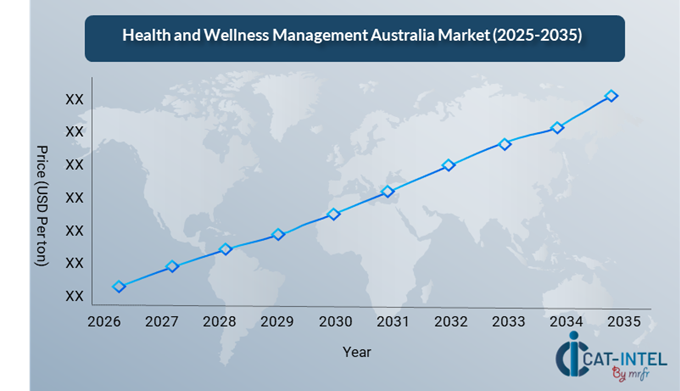
Efforts to streamline procurement procedures, improve vendor management, and use modular wellness solutions are critical to cost containment. Leveraging digital tools for market analysis, projecting costs using advanced analytics, and applying effective contract management tactics can all help to improve cost efficiency in wellness program and health service management.
Securing multi-year agreements or subscription-based pricing structures can assist firms in locking in attractive rates while maintaining budget predictability. Cloud-based health and wellness management systems offer scalability, cost flexibility, and ease of adoption, resulting in long-term cost control and operational excellence.
Cost Breakdown for Health and Wellness Management Australia: Total Cost of Ownership (TCO) and Cost-Saving Opportunities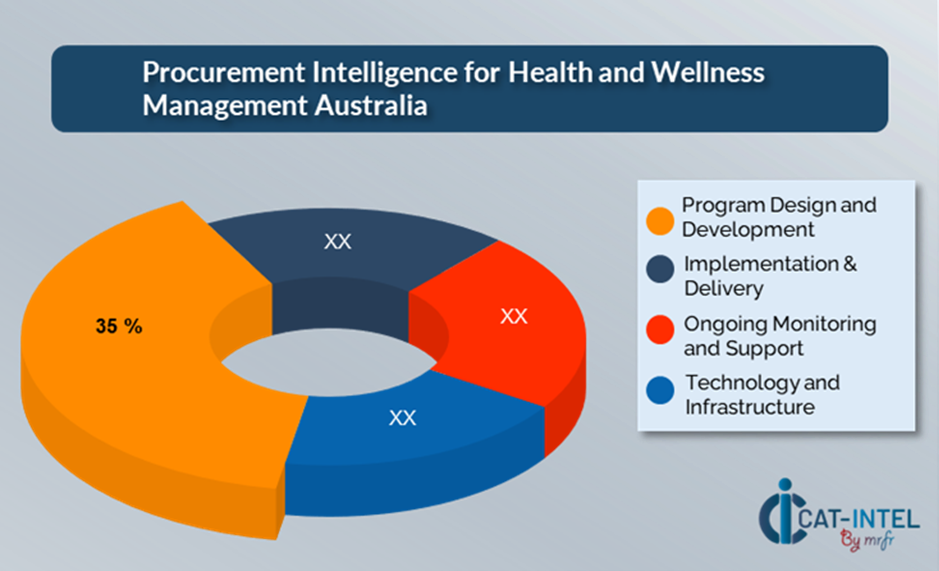
- Program Design and Development (35%)
-
Description: This comprises the expenditures of establishing and adapting wellness programs to match the organization's specific requirements.
-
Trends: Organizations are investing more in individualized wellness programs, with a focus on mental health and resilience development.
- Implementation & Delivery: (XX%)
- Ongoing Monitoring and Support: (XX%)
- Technology and Infrastructure: (XX%)
Cost-Saving Opportunities: Negotiation Levers and Purchasing Negotiation Strategies
In the health and wellness management market, streamlining procurement processes and using strategic bargaining strategies can drastically reduce costs and increase operational efficiency. Developing long-term relationships with wellness and health solution providers, particularly those that offering cloud-based services, can lead to more favourable price structures and terms, such as volume discounts and bundled service packages. Subscription-based arrangements and multi-year agreements allow you to secure reduced rates while minimizing the impact of price rises over time.
Collaborating with reputable health and wellness service providers who offer scalable, cloud-based solutions allows you to lock in low-cost pricing while also gaining access to advanced capabilities like AI integration and data analytics. These long-term agreements further guarantee service continuity and add to the total value of the solution. Choosing subscription-based pricing models or multi-year contracts enables firms to negotiate better terms and assure budget predictability, lowering the risk of unexpected cost increases over time.
Supply and Demand Overview for Health and Wellness Management Australia: Demand-Supply Dynamics and Buyer Intelligence for Effective Supplier Relationship Management (SRM)
The health and wellness management market is expanding steadily, fuelled by increased digital transformation efforts in areas such as healthcare, corporate wellness, and fitness. Technological improvements, industry-specific needs, and economic situations all have an impact on supply and demand.
Demand Factors:
-
Digital Transformation Initiatives: As businesses strive to centralize health data and automate wellness program administration, there is an increasing need for digital health solutions that streamline procedures and improve service delivery.
-
Cloud Adoption Trends: A shift toward cloud-based health management platforms is driving up demand for scalable, subscription-based wellness solutions that provide flexibility and lower infrastructure costs for enterprises. -
Industry-Specific Requirements: Healthcare, corporate wellness, and fitness industries require customized health management solutions that meet regulatory standards and handle specific operational workflows. -
Integration Capabilities: There is a growing need for health management solutions that interact smoothly with other corporate applications and IoT devices, resulting in improved data flow and operational efficiency.
Supply Factors:
-
Technological Advancements: Advancements in AI, machine learning, and cloud computing are propelling the creation of advanced health and wellness management systems. -
Vendor Ecosystem: Wellness solution vendors, ranging from niche players to large-scale providers, guarantee that enterprises have a diverse range of options for sourcing customized health management tools and services. -
Global Economic Factors: Exchange rates, regional labour costs, and varied rates of technology adoption across areas all influence the pricing and availability of health and wellness solutions. -
Scalability and Flexibility: As the need for wellness programs develops across organizations of all sizes, providers are increasingly providing modular and scalable solutions.
Regional Demand-Supply Outlook: Health and Wellness Management Australia
The Image shows growing demand for Health and Wellness Management Australia in both New South Whales and Queensland, with potential price increases and increased Competition.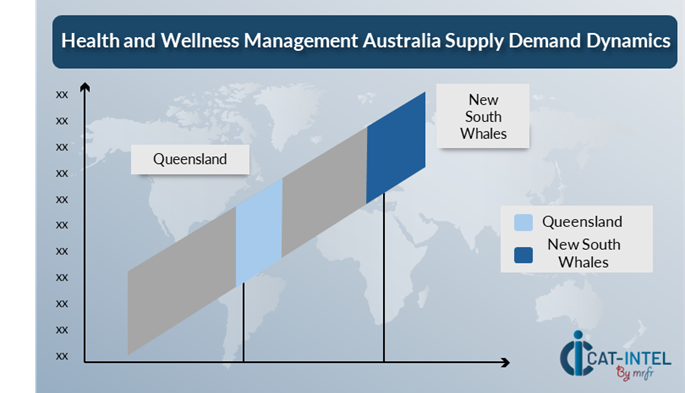
New South Whales: Dominance in the Health and Wellness Management Australia Market
New South Whales, particularly Sydney, is a dominant force in the global Health and Wellness Management Australia market due to several key factors:
-
Strong Business Hub: New South Wales, notably Sydney, is Australia's economic powerhouse, with a significant number of enterprises in a variety of areas. -
Robust Healthcare Infrastructure: NSW has a robust healthcare infrastructure, including modern medical facilities, specialists, and wellness groups. -
High Population Density: As Australia's most populous state, NSW has a big metropolitan population, particularly in Sydney, which motivates businesses and consumers to seek wellness programs. -
Government Initiatives: The NSW government promotes health and wellness through public health initiatives, workplace wellness programs, and healthcare startup funding. -
Focus on Corporate Wellness: Many significant firms in New South Wales are prioritizing employee well-being to boost workplace productivity, minimize absenteeism, and retain talent.
New South Whales Remains a key hub Health and Wellness Management Australia Price Drivers Innovation and Growth.
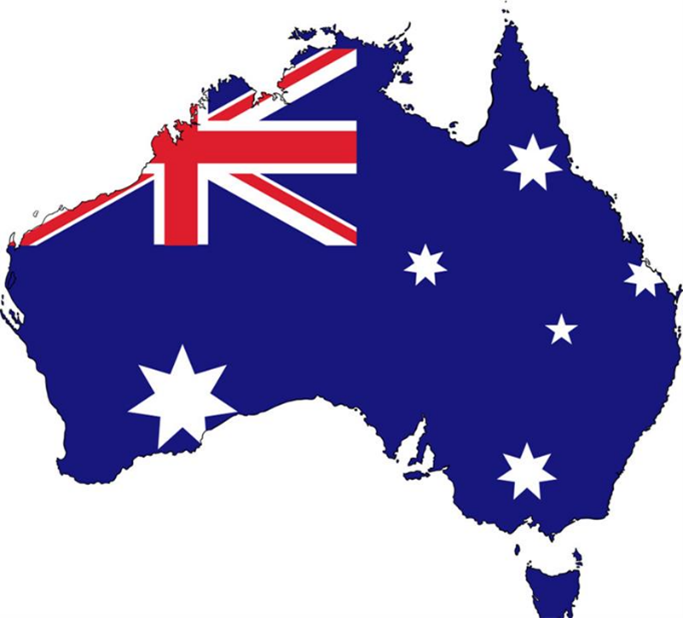
Supplier Landscape: Supplier Negotiations and Strategies
The supplier environment in the health and wellness management market is varied and highly competitive, with both global and regional players. These providers have a significant impact on pricing patterns, service quality, and the personalization of wellness solutions. Well-established organizations dominate the market, offering full health and wellness platforms, while smaller, specialist suppliers specialize in certain industry verticals or new features, such as advanced analytics and AI-driven health insights.
The industry is largely controlled by large, established health technology businesses that provide integrated wellness platforms, with an emphasis on comprehensive solutions for a wide range of industries, including corporate wellness, healthcare, and fitness. Suppliers are combining cutting-edge technologies like artificial intelligence, machine learning, and IoT to improve wellness offerings, enabling predictive analysis, personalized health recommendations, and real-time data collection.
Key Suppliers in the Health and Wellness Management Australia Market Include:
- Medibank Healthcare Solutions
- Bupa Australia.
- LiveLife Get Active.
- Wellness Australia
- Healthier Workplace Australia
- VivaHealth
- Workplace Wellness
- Lifeworks (Provider of Employee Assistance Programs)
- The Mind Room
- Well, Nation.
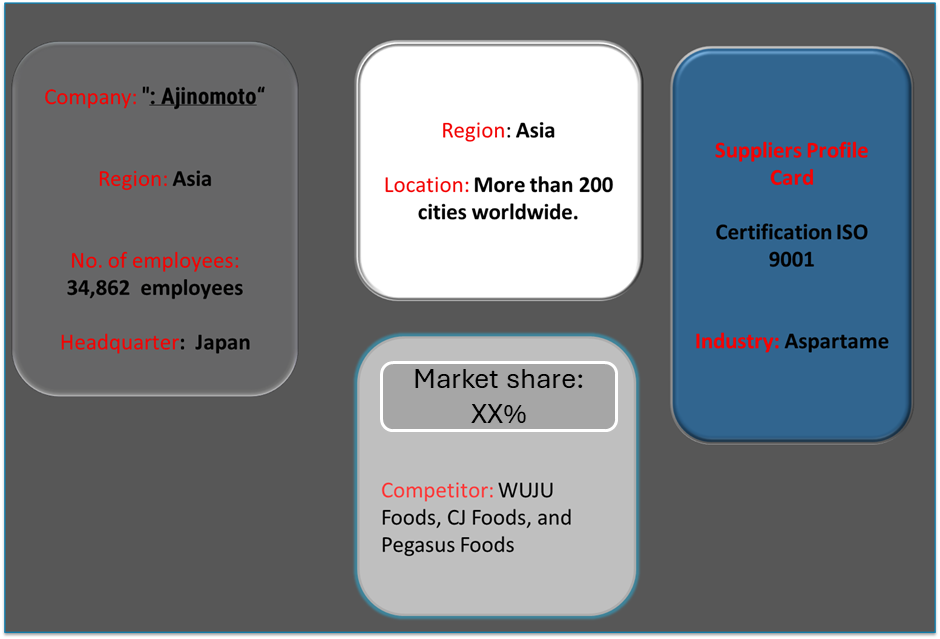
Key Developments Procurement Category Significant Development
Significant Development |
Description |
Market Growth |
Organizations are rapidly investing in digital technologies to improve operations, productivity, and resource management. This tendency is particularly noticeable in growing industries focusing on increasing employee well-being and optimizing healthcare services. |
Cloud Adoption |
Cloud-based health management solutions are becoming increasingly popular due to the requirement for scalability, cost-efficiency, and remote access. This change increases flexibility and scalability for firms that need to manage big amounts of wellness data in real time. |
Product Innovation |
Health and wellness solution providers are increasing their solutions with advanced features such as AI-powered health analytics, real-time data processing, and personalized wellness recommendations, which can assist predict wellness trends and boost employee or patient engagement. |
Technological Advancements |
Machine learning offers individualized health suggestions, whilst IoT devices collect real-time data for fitness and health monitoring. RPA helps automateadministrative tasks, streamlining wellness program management and enhancing operational efficiency. |
Global Trade Dynamics |
Compliance with industry standards and adaptation to region-specific legislation are critical for firms providing global wellness efforts, which necessitate adaptive and scalable health management systems. |
Customization Trends |
The demand for specialized health and wellness management solutions is increasing. Organizations are increasingly looking for modular, adaptable platforms that interact with their existing systems or third-party solutions, resulting in a more effective and efficient approach to managing employee or patient well-being. |
|
Health and Wellness Management Australia Attribute/Metric |
Details |
Market Sizing |
The global Health and Wellness Management Australia market is projected to reach USD 277.95 billion by 2035, growing at a CAGR of approximately 7.11% from 2025 to 2035.
|
Health and Wellness Management Australia Technology Adoption Rate |
Approximately 70% of Australian organizations have implemented health and wellness management solutions, with an increasing trend toward cloud-based platforms. |
Top Health and Wellness Management Australia Industry Strategies for 2025 |
Using AI for predictive health analytics and personalised wellness suggestions. Adopting modular health systems that allow organizations to tailor their wellness programs to their own needs and resources. |
Health and Wellness Management Australia Process Automation |
Around 50-55% of Australia's health and wellness programs are automated, with features like staff wellness tracking, health evaluations, and data reporting. |
Health and Wellness Management Australia Process Challenges |
Initial investments in health management platforms and wellness program implementation remain difficult, particularly for small and medium-sized businesses. |
Key Suppliers |
Medibank Healthcare Solutions, Bupa Australia. And LiveLife Get Active, offering wearable devices and health tracking software are the primary focus of our wellness solutions. |
Key Regions Covered |
New South Whales and Queensland continue to lead the way in the adoption of innovative digital health technology, with a strong regional demand. |
Market Drivers and Trends |
A growing emphasis on combining health and wellness data to improve decision-making and insights. The widespread use of cloud-based technologies for scalability, remote access, and cost-effectiveness. |

